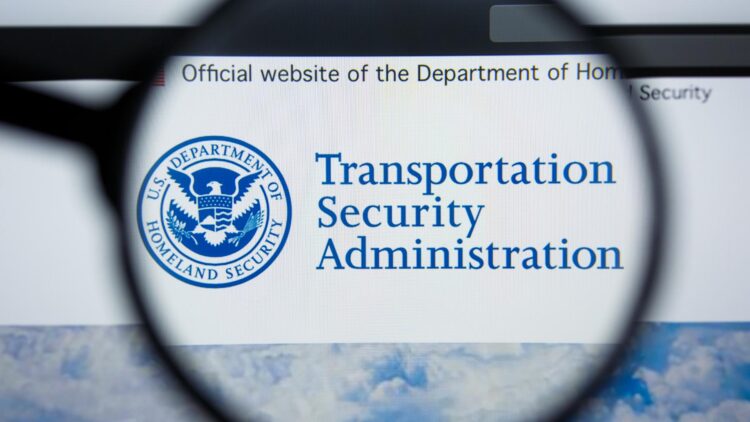Getting liquids through the Transportation Security Administration (TSA) controls at the airport is a risky endeavor. Of course, the authorities understand that there are some things that are necessary for everyday life and you can even skirt the rules if you check your bag prescreening, but there are some liquids that are not allowed through regardless of quantity or where you try to store them. While you might think this applies to things like shampoo, most of the examples of liquids that cannot be transported in a flight are alcohol related beverages, and trying to fly with them can carry hefty fines and penalties on top the alcohol being confiscated.
Most of us do not fly with liquor, but if we go on vacation somewhere known for their alcohol it might be tempting to bring back home a couple of bottles of whichever delicatessen we have tried, and although shipping is a thing, it can be nice to pick up a bottle from an obscure distillery that does not have an online presence. Well, not if you are planning to get on a plane.
What liquids and beverages you definitely cannot travel with according to the TSA
To start with, the TSA explicitly prohibits alcoholic beverages with more than 70% alcohol (140 proof) on flights from the United States. There is no maximum amount allowed, no plastic bag that you can put it in to clear screening, nothing. It is forbidden and will be confiscated if found. And the list of alcohols that are not allowed is extensive, there are 494 prohibited items, including grain alcohol, 151-proof rum, and absinthe with an alcohol content of up to 89%, all of which cannot be transported in the plane, neither in carryon luggage nor in checked luggage.
Now, this does not mean you cannot take a nice bottle of wine aboard, and other common spirits such as vodka, whiskey, or tequila which usually fall in the range between 40% and 50% alcohol are allowed on board, so you are not completely out of gift options if that is where your family lands on the scales. There are still some compliance issues with these bottles, for example, they must comply with the 5-liter rule for checked baggage and sealed containers rules, but they are a safe option for travelling.
While the reason for this rule may seem strange for some, the TSA’s strict rules on alcoholic beverages is derived primarily from safety concerns, as high alcohol-content drinks are flammable, and if a container breaks mid-flight, it could pose a serious fire or explosion risk. Because of this, liquids are treated as hazardous materials and high proof alcohols are more so, so they are prohibited in both carry-on and checked luggage.
And there have been some incidents with them, which has made TSA even more paranoid about allowing them on board. In 2006 there was an attempt to smuggle liquid explosives onto a plane and that made the policy even broader and stricter than what it was after 9/11, restricting any liquid that might function as an incendiary device.
So if you are visiting one of the places that sells really nice high proof alcohol, consider asking the distillery if they would take care of shipping their product to you, or if you know that you will be tempted to purchase, maybe it could be a nice time for a road trip. But trying to get some of these drinks into the place will be a futile exercise (TSA in these areas is trained to deal with the issue) and while trying to purchase them at the duty free area could work, it is likely that they will not be sold, be quite generic, or be directly confiscated by an overzealous flight attendant, although you will likely get it back after your flight if that is the case.

